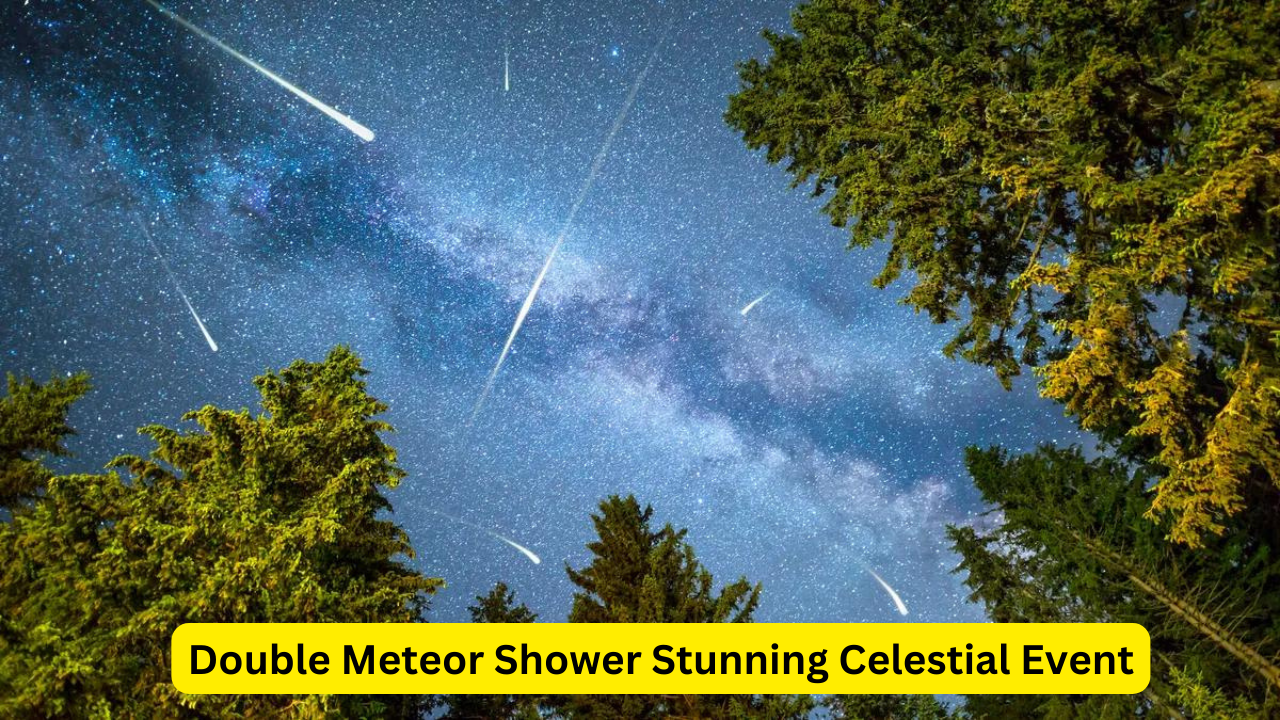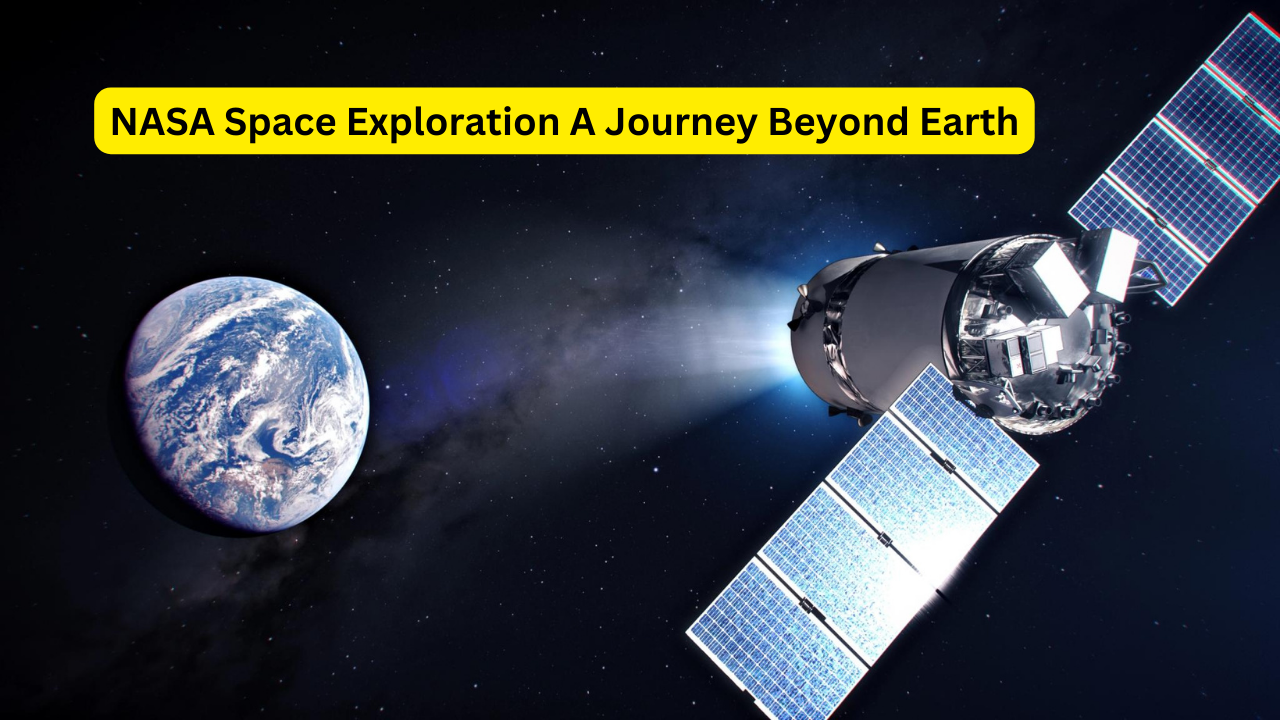Double Meteor Shower Stunning Celestial Event

Double Meteor Shower Stunning Celestial Event, As the night sky prepares to dazzle skywatchers on July 30, enthusiasts are in for a rare treat. This date promises an extraordinary double meteor shower event, and potentially even a triple shower, as Earth’s orbit intersects with the trails of two comets. To make the most of this astronomical wonder, here’s everything you need to know to experience this spectacular night.
What to Expect from the Meteor Showers
Tonight, sky enthusiasts will witness not just one, but two, and possibly three meteor showers. This rare alignment occurs because Earth is crossing the paths of two comets, creating ideal conditions for multiple meteor showers. Additionally, the Perseids, one of the most prolific meteor showers, might overlap with the other two. This rare celestial convergence provides a unique opportunity for stargazers to see a stunning display of shooting stars.
Understanding Meteor Showers
Meteor showers occur when Earth passes through the debris left by comets. As these tiny particles enter our atmosphere, they burn up, creating streaks of light across the sky. Each meteor shower is named after the constellation from which the meteors appear to originate.
The July 30 Meteor Showers
On July 30, skywatchers can expect to see two major meteor showers:
- The Delta Aquarids: This meteor shower typically peaks around the end of July. The Delta Aquarids are known for their bright, slow-moving meteors. They originate from the constellation Aquarius and can produce up to 25 meteors per hour under ideal conditions.
- The Alpha Capricornids: Also peaking around the end of July, this meteor shower originates from the constellation Capricornus. The Alpha Capricornids are known for their slow-moving meteors and occasional bright fireballs. They are less active than the Delta Aquarids, but their slow pace makes them easier to observe.
Possibility of the Perseids
The Perseid meteor shower, one of the most famous and prolific showers of the year, might also overlap with tonight’s event. The Perseids typically peak in mid-August, but their activity can start as early as late July. The Perseids are known for their fast-moving meteors and can produce up to 100 meteors per hour during their peak.
Best Viewing Tips for Meteor Showers
To get the most out of tonight’s meteor shower, follow these tips:
- Find a Dark Location: Light pollution can severely impact your ability to see meteors. Choose a spot away from city lights for the best viewing experience. Rural areas or open fields are ideal.
- Allow Your Eyes to Adjust: It can take up to 30 minutes for your eyes to fully adjust to the darkness. Avoid looking at bright lights or using your phone to help your eyes stay adjusted.
- Lie Down and Relax: To increase your chances of seeing meteors, lie down on a reclining chair or blanket. This will allow you to view a larger portion of the sky without moving your head constantly.
- Be Patient: Meteor showers can be sporadic. Be prepared to spend some time outside and be patient as you wait for meteors to appear.
- Use a Wide-Angle View: Try to look at as much of the sky as possible. Meteors can appear anywhere in the sky, so a wide-angle view will increase your chances of spotting them.
Why This Meteor Shower is Special
The convergence of multiple meteor showers on a single night is a rare event. The overlapping of the Delta Aquarids, Alpha Capricornids, and potentially the Perseids offers an exceptional viewing opportunity. This triple shower phenomenon provides a unique chance to observe a high frequency of meteors in a single night, making it a memorable experience for all skywatchers.
Additional Resources for Skywatchers
For those interested in learning more about meteor showers and other astronomical events, consider visiting online resources such as NASA’s meteor shower calendar or astronomy websites. These platforms offer detailed information about upcoming celestial events, viewing tips, and educational content for enthusiasts of all levels.
Conclusion
Tonight’s double (or possibly triple) meteor shower is a rare and exciting event for sky enthusiasts. With the Delta Aquarids and Alpha Capricornids lighting up the sky, and the possibility of the Perseids making an early appearance, July 30 promises to be a night filled with celestial wonders. Follow our viewing tips to maximize your experience and enjoy this spectacular astronomical display.





One Comment